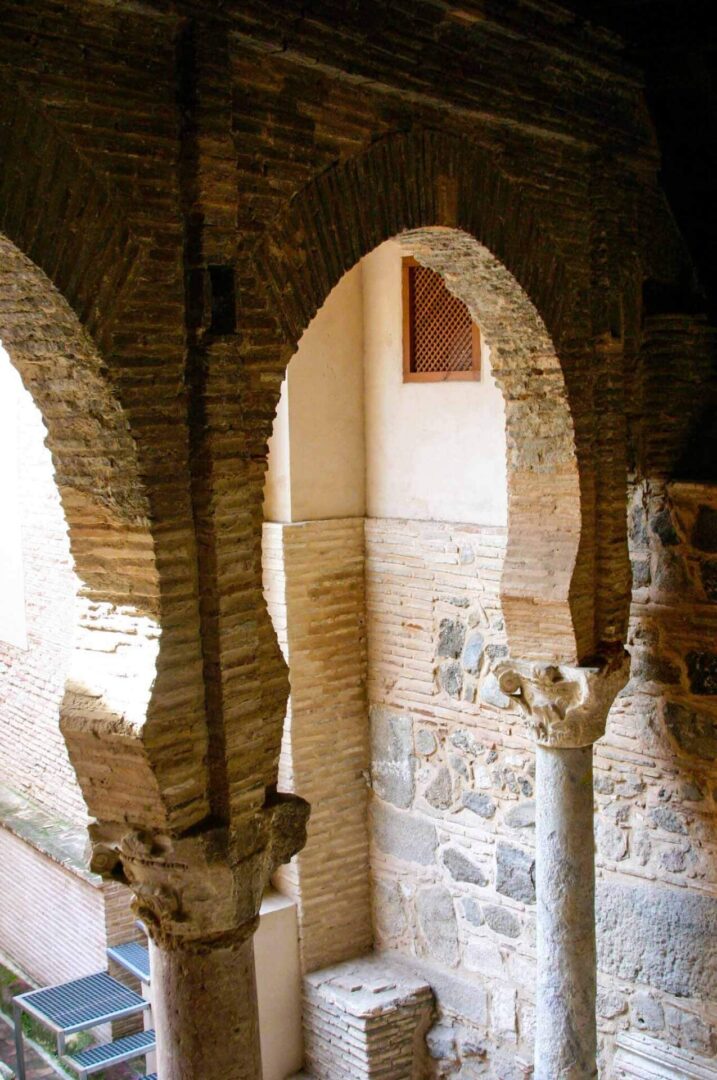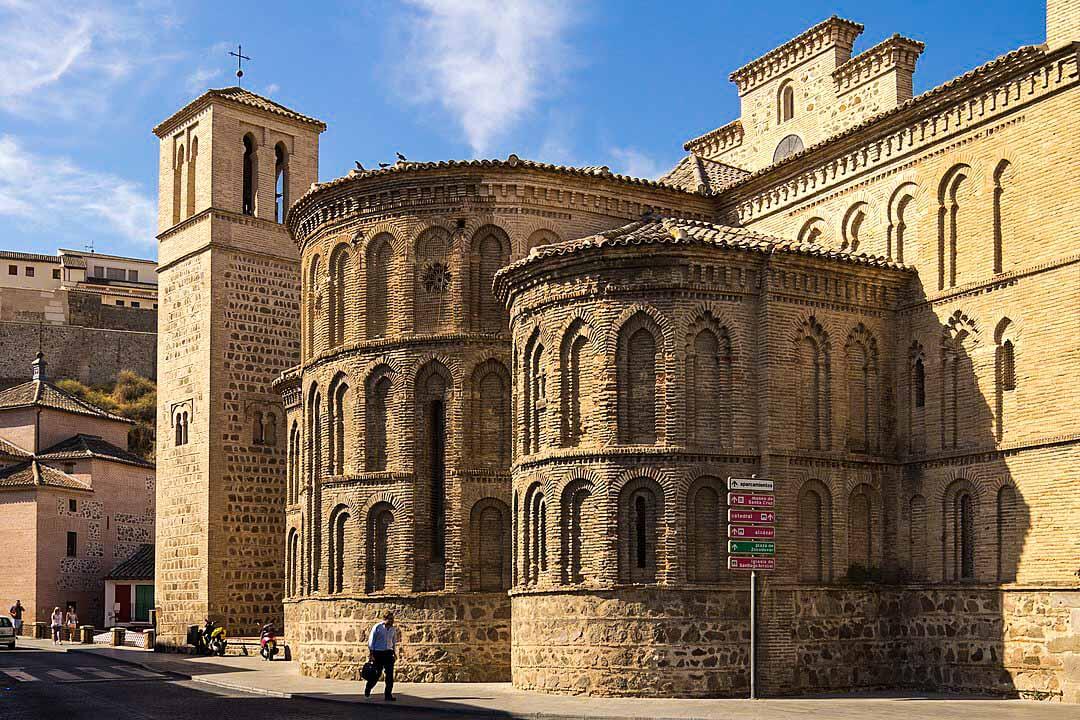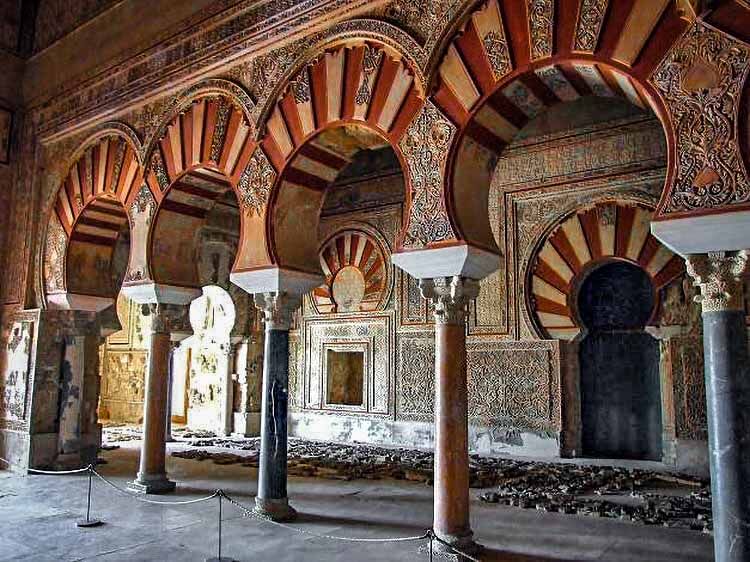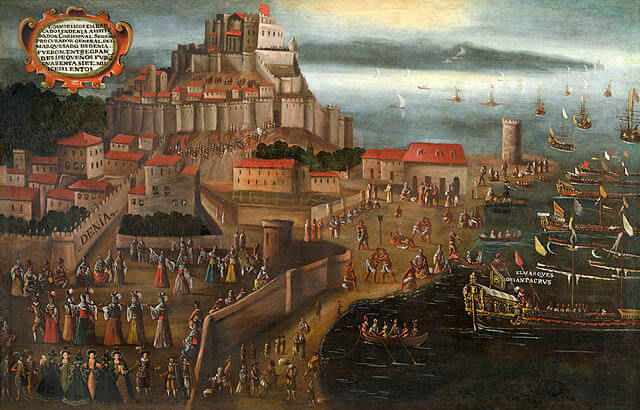Toledo, Spain
Coordinates: 39.856716, -4.026835
The Iglesia de El Salvador is a church in Toledo, Spain completed in 1159.
It’s a 12th-century church built on an 11th-century Taifa mosque, which was an expansion of a 9th-century Umayyad mosque and in turn on a Visigothic religious building. Also these civilizations reused 2nd-century Roman elements.
The current church is still oriented south-east, in the direction of Mecca.
It survived the fall of Toledo to the Christian armies in 1085, to be turned into a church in 1159.
One of the most characteristic elements of the church is a Visigothic pilaster, with intricate relief carvings.
As a Christian church, from around 1180 to the late-15th century, it began to be used as a cemetery with anthropomorphic tombs, above which were placed more burials, in which some grave goods have been found.
History
The first (Umayyad) mosque can be considered the oldest in the city because of the brickwork and the remains, and the second in importance. There are some data that place this building as one of the main mosques in the city.
It was rebuilt during the Taifa period (11th century) until its conversion to Christian worship in 1145. There is a Mozarabic tombstone of 1041, which attest to a renovation or expansion of the building.
Some historians have suggested that when Alfonso VI of León and Castile took Toledo at 1085 allowed the Muslim population to continue using it as the main mosque of the city.
In the twelfth century and at the request of his wife, Alfonso VII converted the mosque into a Christian church with the invocation of the Savior and, in fact, the Christian church appears since 1180 in Mozarabic documents.
In 2004 the Consorcio group discovered the remains of the first (Umayyad) Mosque buried several meters under the church, the archaeologists have recovered and valued.
The remains of the Umayyad arcade of horseshoe arches with a limestone in the keystone, characteristic of Caliphate art, next to the minaret whose brickwork resembles the first minaret of the Mosque of Córdoba, show a dating to the first half of the 9th century.
Later, as an inscription in the Chapel of Santa Catalina attests, in the 11th century, during the Taifa period a nave was built, it is believed that it was an extension of the space because it had become a main mosque.














